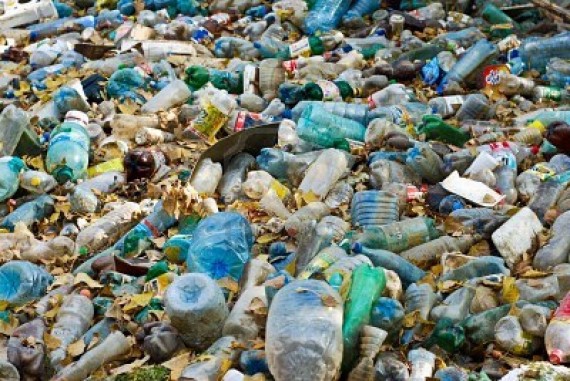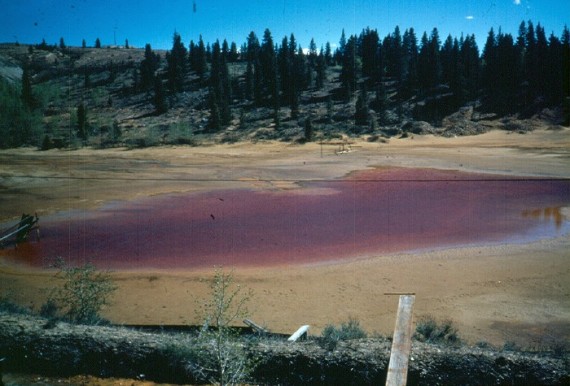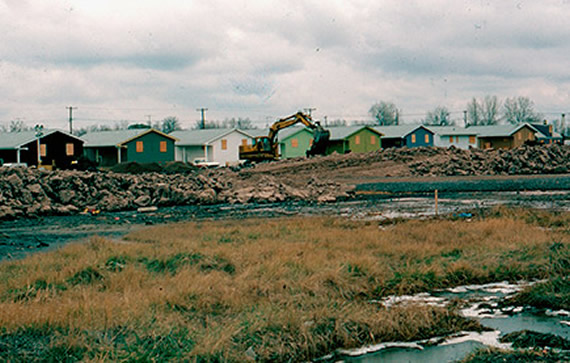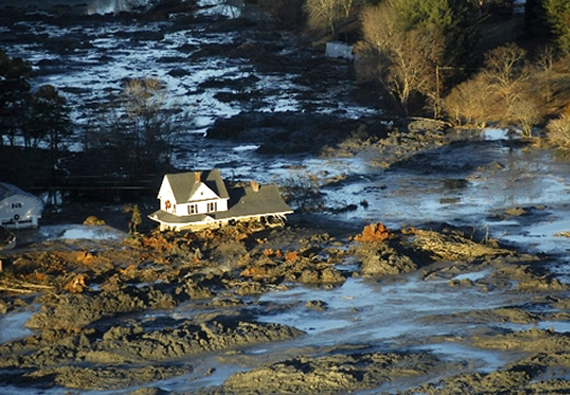Playgrounds of Toxic Waste: Superfunds In The U.S. Increasing

Superfund sites are not “super fun,” as the name may suggest. A Superfund is an unsafe hazardous waste site that can negatively effect local people and ecosystems, according to the Environmental Protection Agency. There are thousands of known Superfund sites in the U.S. alone, and over half of the population lives within 10 miles of one or more, and most of us live blissfully unaware…that is unless the unthinkable happens and symptoms of exposure start to be noticed.
There are third party companies that work alongside the EPA to help clean these sites up, such as Sevenson. Although Sevenson Environmental lawsuits occurred in the past, the company is known for cleaning up toxic sites. Some of the most terrible sites have been cleaned up, but some are uninhabitable for the foreseeable future.
The Picher Lead Contamination
Although lead mining ceased in 1967, the contamination it left behind had already turned the creek water red and peppered the mountains with sinkholes. Piles of debris filled with lead were climbed all over, and even picnicked upon. Cancer skyrocketed and most of the children performed poorly in school, due to high levels of lead in their blood and tissue. Home to 14,000 abandoned mine shafts, 70 million tons of mine tailings and 36 million tons of mill sand and sludge, this area has been deemed too toxic to even clean up, and a federal buyout program paid its residents to leave.
The Love Canal
A community near Niagra Falls that housed 21,000 tons of toxic waste just under the surface. The area was abandoned by William T. Love in the 1920s, and then later bought in 1953 by the local school board for $1.00, and a small community was built atop it. A couple years later, rainwater exposed the toxic chemical drums and all hell began breaking loose, which was worsened when the sewer system began being built. Residents soon began reporting things like exploding rocks, awful smells, and blue goo bubbling up through their basement floors. It was later found that 56 percent of the children there were born with birth defects, and an alarming amount of adults that were exposed suffered debilitating health effects. The Love Canal was deemed the first federal disaster area from man-made causes, inspiring the entire Superfund site cleanup program at large.
Tennessee Coal Ash Spill
A more recent, and equally tragic disaster occurred when 1.1 billion gallons of coal ash broke through its barriers and mauled the town of Kingston, Tenn. with toxic coal ash, creating the largest industrial spill in U.S. history. The slurry of leftovers that invaded the sleepy town was the result of 10 years of burning coal mixed with water. Although the EPA doesn’t yet categorize coal ash as hazardous material, the deadly soup that broke loose in Tennessee has already begun to cause devastation to the local wildlife and tests have shown that the toxic aspects of the coal ash could also be suspended in the air. Additionally, residents have begun reporting a veritable buffet of awful healthy problems since the incident, from seizures to respiratory distress. Experts predict that the resulting horrors from this incident will most likely take decades to sort out.


